Bell peppers, known for their sweet, crunchy texture and vibrant colors, are a garden favorite for many. However, growing bell peppers can sometimes be a challenge, especially if you’re not in the ideal climate or have limited space. But fear not! With a little bit of knowledge and creativity, you can grow and harvest bell peppers in almost any environment. Here are five tricks that will help you grow bell peppers anytime, anywhere.
1. Start with the Right Variety
Not all bell peppers are created equal when it comes to growing conditions. Some varieties are more resilient to temperature changes, pests, and soil conditions than others. If you want to ensure that your peppers thrive regardless of your location, choose a variety that’s adaptable and suited to your specific environment.
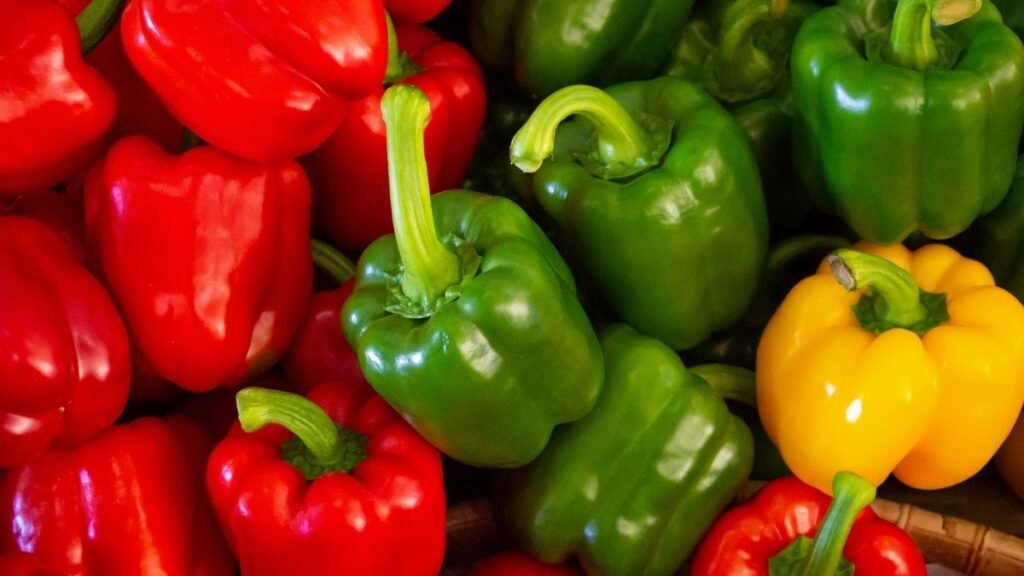
For colder climates or shorter growing seasons, consider choosing early-maturing varieties like ‘California Wonder’ or ‘Ace’. These varieties tend to produce peppers faster and can handle cooler temperatures better. On the other hand, if you’re in a warmer climate, varieties like ‘Jalapeño’ or ‘Tropical Bell’ can withstand the heat and humidity more effectively.
In addition, some dwarf or compact varieties, such as ‘Mini Bell’, are ideal for small spaces or containers, making them perfect for urban gardening or apartment balconies. No matter your location, the key is selecting a variety that aligns with your climate and space constraints.
2. Optimize Your Growing Environment
Whether you’re growing peppers outdoors or indoors, the right growing environment is crucial. Bell peppers are sensitive to temperature and sunlight, so setting them up in the right spot will significantly impact their growth. If you’re growing them outside, choose a location with full sunlight bell peppers need at least six to eight hours of direct sunlight per day. If you’re growing indoors or in a greenhouse, make sure to provide your plants with the appropriate amount of light using grow lights.
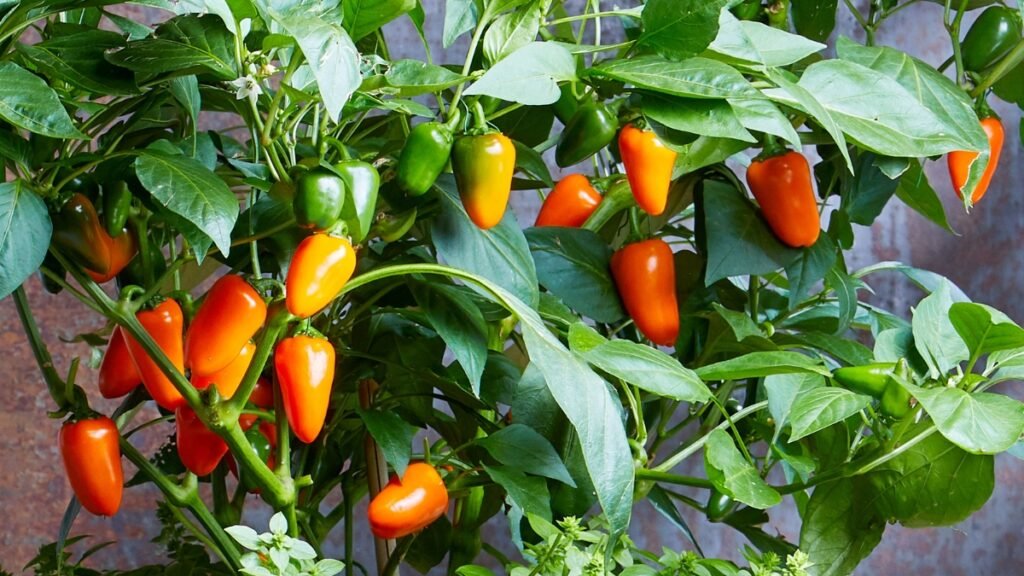
For temperature, bell peppers prefer warm conditions. The ideal temperature range for bell peppers is between 70°F and 85°F (21°C to 29°C). If you live in a region with colder winters or unpredictable weather, consider using row covers or a greenhouse to extend the growing season. These covers trap warmth and protect the plants from frost, which can stunt growth or kill the peppers altogether.
If you live in a particularly hot region, be mindful of providing some shade during the hottest parts of the day to prevent your peppers from suffering heat stress. Using shade cloth can help filter the sunlight and keep the plants from overheating.
3. Use Containers for Flexibility
One of the best ways to grow bell peppers in almost any setting, whether it’s on an apartment balcony, rooftop, or even indoors, is by using containers. Container gardening provides several benefits: it allows you to control the soil quality, manage the watering needs more effectively, and move the plants to the ideal spot when needed.
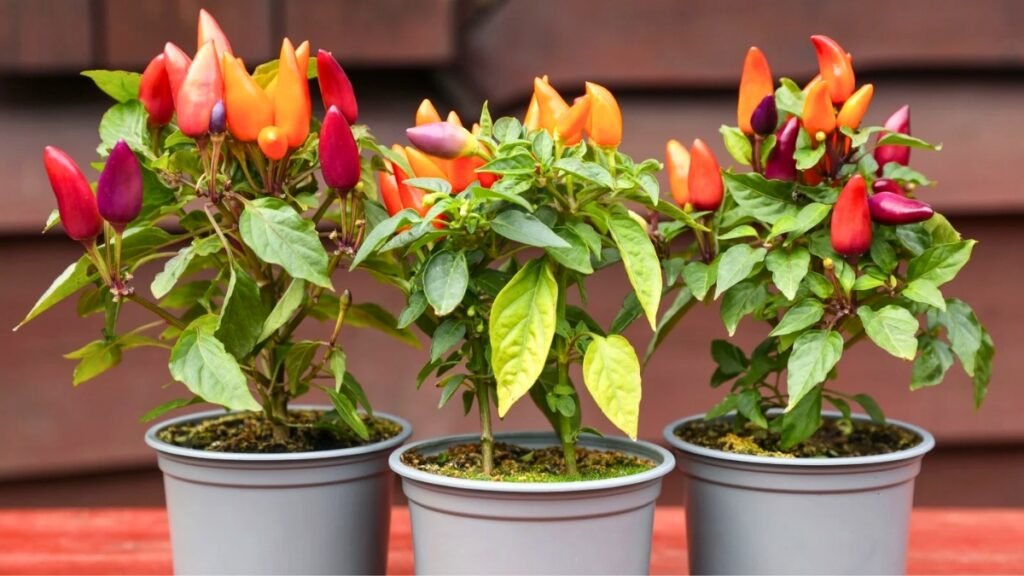
For containers, use a pot that’s at least 12 inches wide and deep. This will give the bell pepper plant enough room to grow and develop a strong root system. Make sure to use a well-draining potting mix, as bell peppers do not like sitting in waterlogged soil. You can even add some perlite or sand to the mix to improve drainage.
Another benefit of container gardening is that you can move your plants to the sunniest spot throughout the day, ensuring they get the necessary light exposure. If temperatures dip too low at night or if there’s a sudden weather shift, simply move the container to a more sheltered area. This flexibility is particularly helpful for regions with unpredictable or extreme weather patterns.
4. Master the Art of Watering
Bell peppers require consistent moisture, but they don’t like to sit in soggy soil. Proper watering is essential to producing healthy, vibrant fruits. Overwatering can lead to root rot, while underwatering can stress the plant and cause fruit drop or stunted growth.
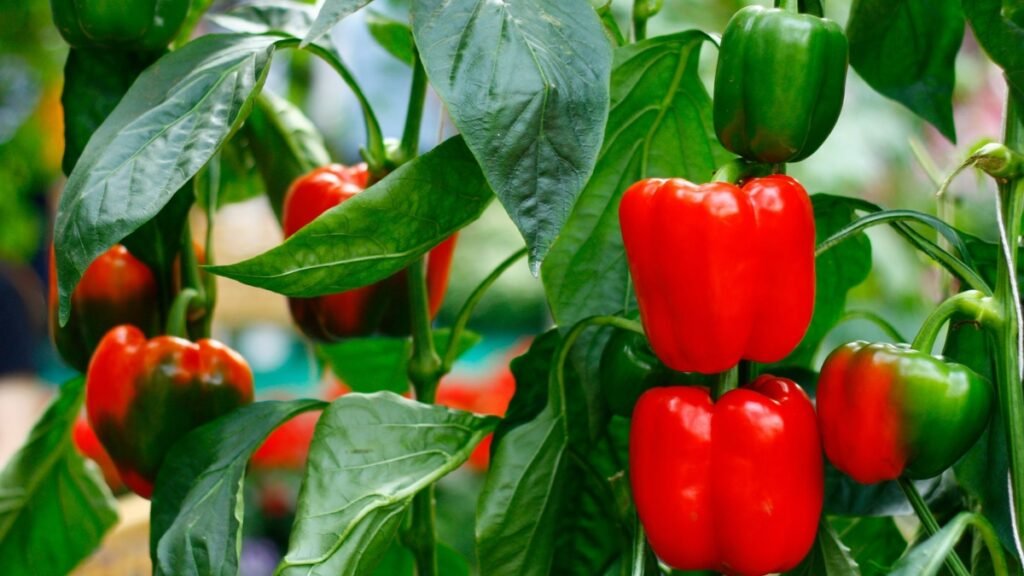
The key is to water deeply but infrequently. Aim to water the base of the plant rather than the leaves to prevent fungal diseases. Check the soil regularly if the top inch feels dry, it’s time to water. When watering, aim to moisten the soil thoroughly down to about 6-8 inches. Be sure to water in the morning to allow the soil to dry out during the day, reducing the risk of disease.
If you’re growing peppers in containers, be extra vigilant with watering. Container plants dry out faster than those in the ground, so you may need to water more frequently, especially in hot weather. You can also consider using self-watering pots, which can help maintain consistent moisture levels.
Another watering trick is mulching. Applying a layer of organic mulch around the base of your pepper plants helps retain moisture, suppress weeds, and regulate soil temperature, all of which contribute to healthier plants and better yields.
5. Harvest at the Right Time
Knowing when to harvest bell peppers is crucial for getting the best flavor and texture. Unlike some crops, bell peppers can be picked at various stages of ripeness, depending on what you’re looking for. If you prefer green peppers, pick them when they are still immature and have reached a full size but before they change color. This is typically around 60 to 75 days after planting, depending on the variety.
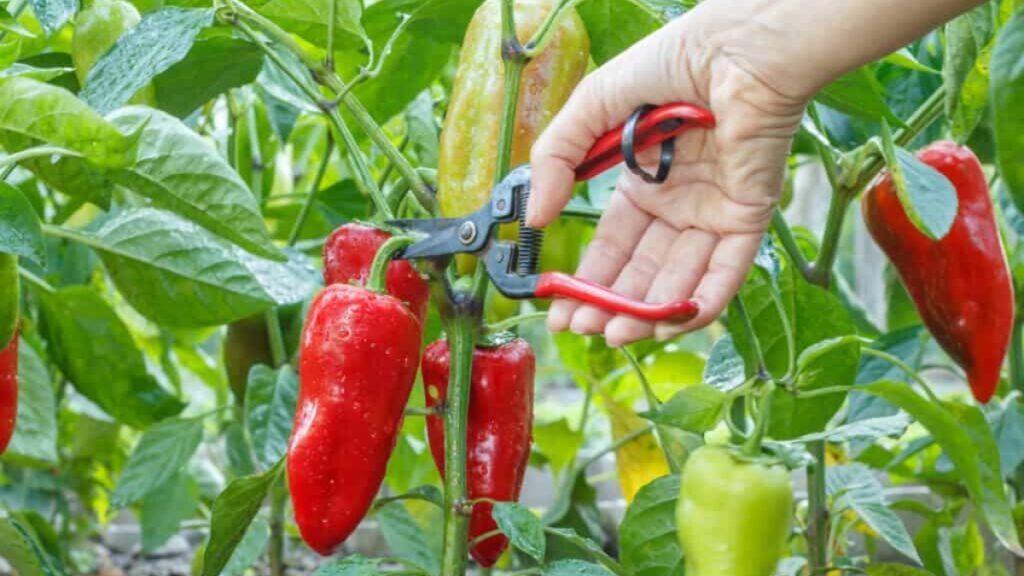
If you want sweeter, more mature peppers, allow them to ripen fully on the plant. As they ripen, bell peppers change color, typically transitioning from green to yellow, orange, or red, depending on the variety. Fully ripe peppers are sweeter and contain more nutrients, but they are also more delicate and have a shorter shelf life.
To harvest, simply use a sharp knife or garden shears to cut the pepper from the plant. Leave a small portion of the stem attached to the pepper to help prevent bruising. If you live in a region with cooler temperatures, it’s a good idea to harvest your peppers a little earlier, before frost sets in, as cold temperatures can damage the fruit.
Conclusion
Growing and harvesting bell peppers doesn’t have to be a complicated or daunting task. With the right variety, optimal growing conditions, container gardening techniques, careful watering, and timely harvesting, you can enjoy fresh, homegrown bell peppers year-round. By adjusting to your specific environment and making use of available resources, you’ll be well on your way to becoming a bell pepper-growing pro, no matter where you live. Happy gardening!

